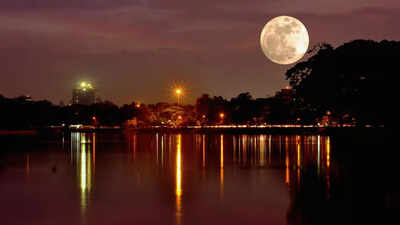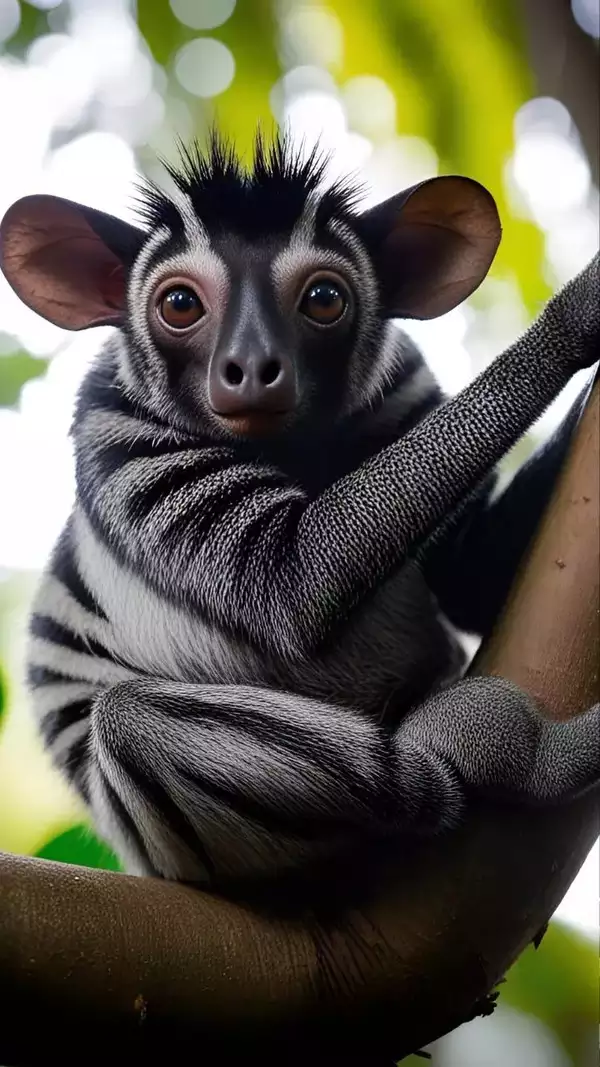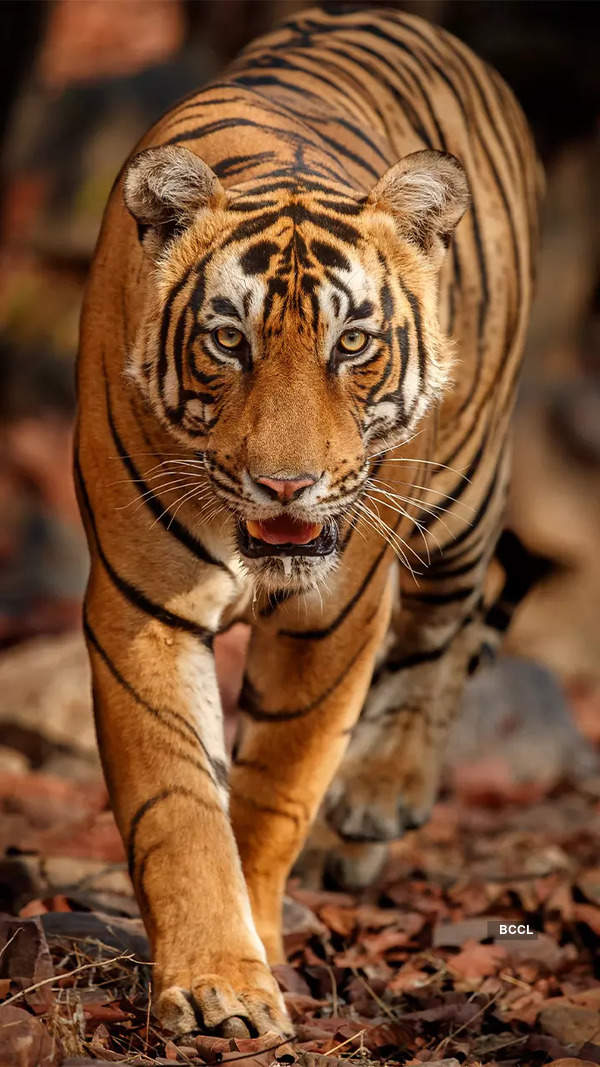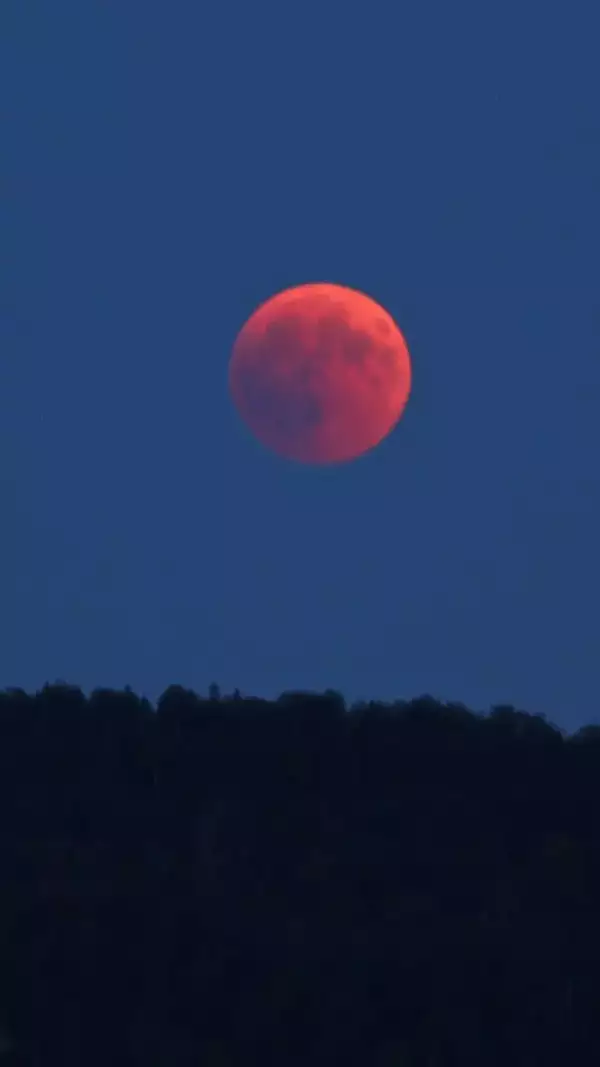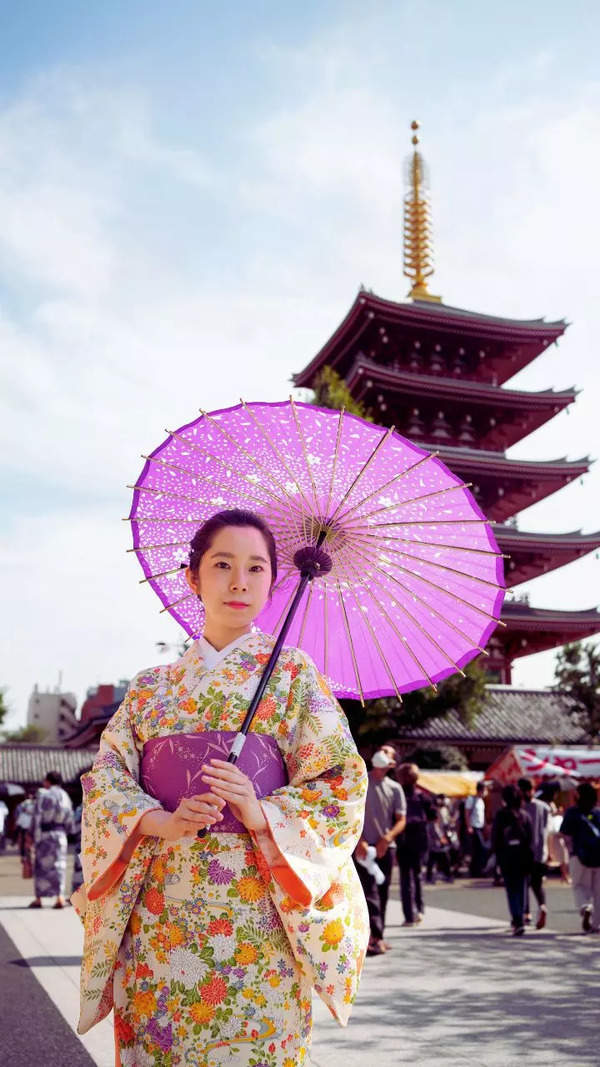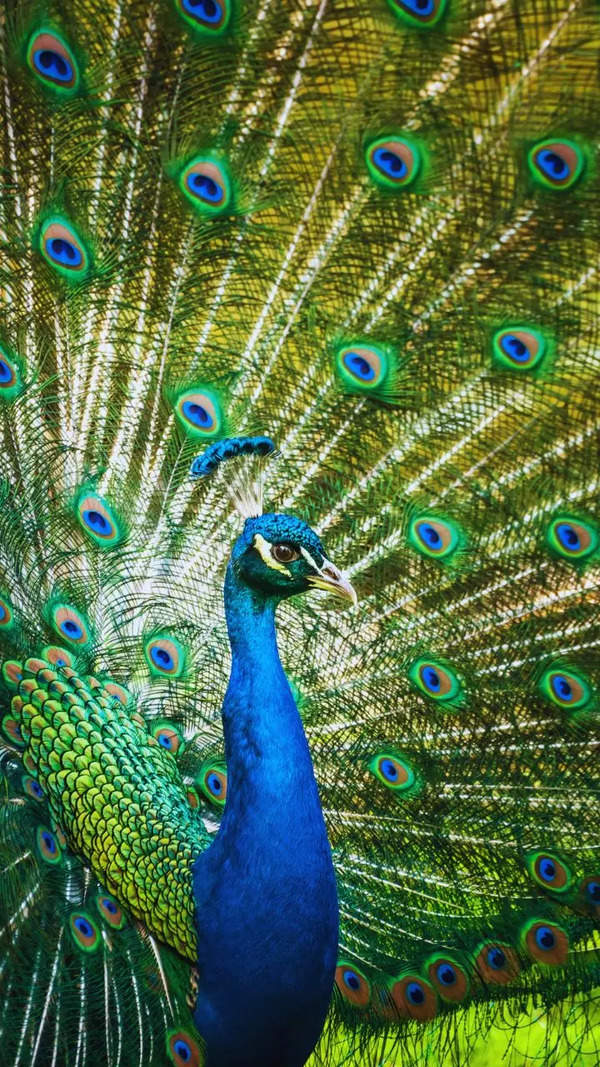- News
- lifestyle
- travel
- destinations
- How to photograph the moon: A guide for stunning lunar shots
Trending
How to photograph the moon: A guide for stunning lunar shots
Moon photography requires a balance of exposure, focus, and stability. Using a DSLR or mirrorless camera with a telephoto lens, a sturdy tripod, and manual settings like ISO 100-200, aperture f/8 to f/11, and a fast shutter speed ensures detailed shots. Capturing different moon phases and post-processing can enhance the images further.
Photographing the moon is an exciting challenge for photographers of all levels. Whether you want to capture a glowing full moon, a detailed crescent, or a breathtaking lunar eclipse, understanding the right techniques can make all the difference. Unlike daytime photography, moon photography requires a balance between exposure, focus, and stability to get sharp and well-lit images.
Choose the right camera and lens
- A telephoto lens (200mm or more) will allow you to capture detailed shots. A 300mm or 400mm lens is even better for close-ups.
- A superzoom camera (bridge camera) can work if it has a high optical zoom range.
- If using a smartphone, attaching a clip-on telescope lens can help magnify the moon.
Use a sturdy tripod

Camera settings for moon photography
- ISO: Keep it low (ISO 100-200) to avoid noise in the image.
- Aperture (f-stop): Use f/8 to f/11 for sharpness and clarity.
- Shutter speed: Start with 1/125 to 1/250 sec, as the moon moves quickly across the sky. If overexposed, use a faster shutter speed.
- Focus mode: Switch to manual focus and adjust until the moon appears sharp in your viewfinder or LCD screen.
- White balance: Set it to Daylight or adjust manually to get the right color tone.
Also read: 5 must-see ghost towns in India: A journey through time

When to photograph the moon
- Full moon: Best for bright, detailed shots, but it may appear too flat due to lack of shadows.
- Crescent moon: Offers more contrast and texture as the sunlight creates shadows on the lunar surface.
- Moonrise or moonset: Capturing the moon near the horizon creates stunning compositions with landscapes or cityscapes.
- Lunar eclipse: A dramatic event where the moon changes color—use a longer exposure to bring out details.
Use post-processing for the best results
- Adjust brightness and contrast to enhance details.
- Fine-tune sharpness for a crisp image.
- Reduce noise if needed.
- Stack multiple shots using photo-edit softwares.
End of Article
FOLLOW US ON SOCIAL MEDIA
Visual Stories
Tired of too many ads?
